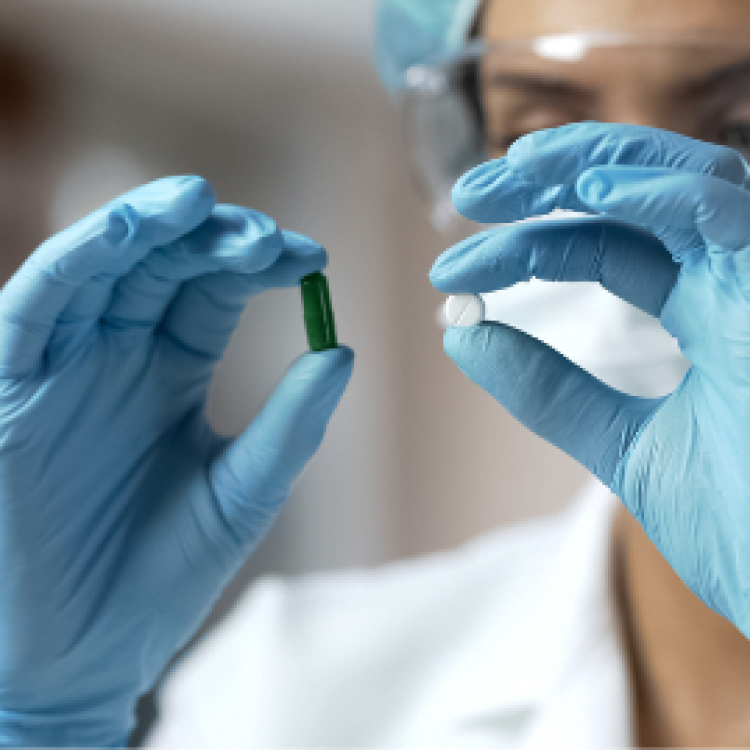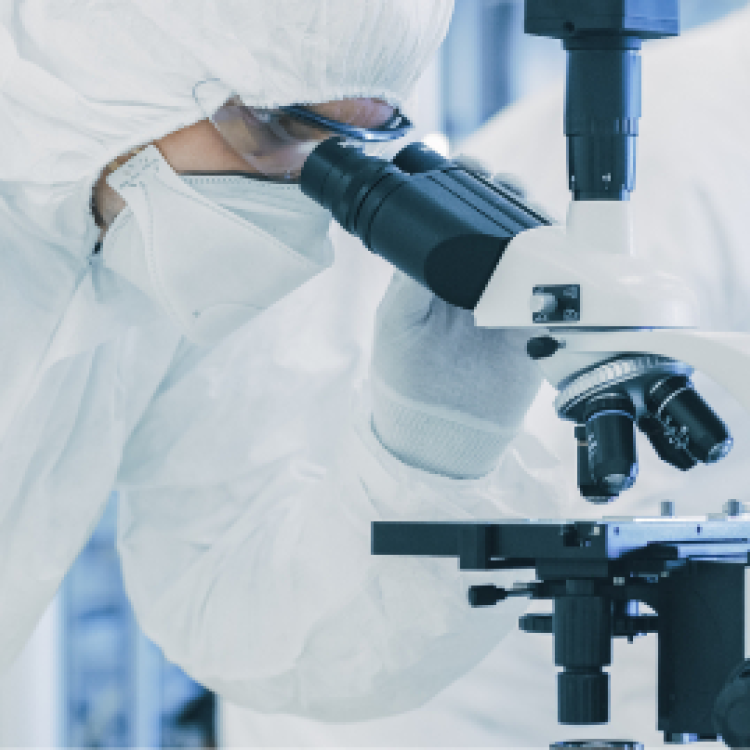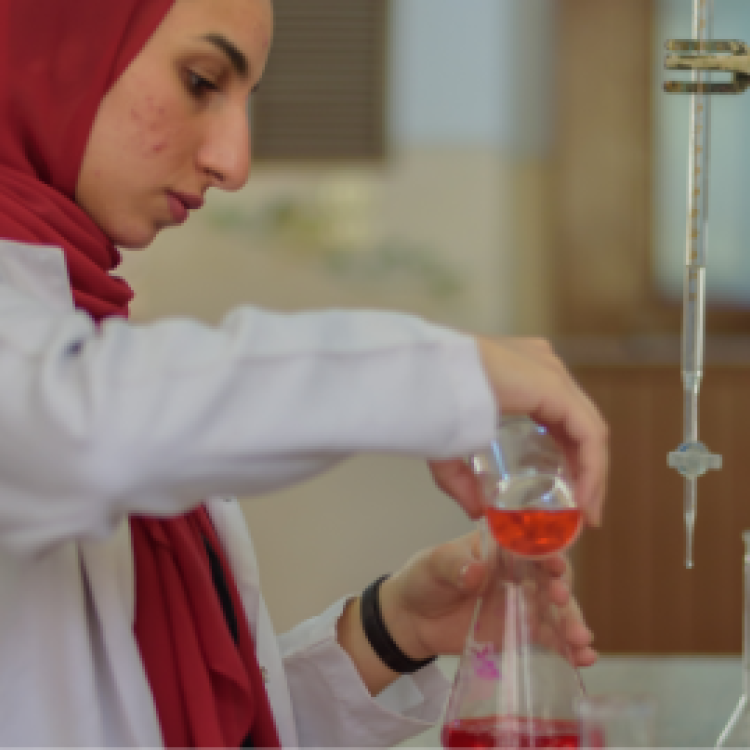
 Do you have any questions? (088) 2080369 - 2345622 Pharmacy_QAAU@pharm.aun.edu.eg
Do you have any questions? (088) 2080369 - 2345622 Pharmacy_QAAU@pharm.aun.edu.eg
Research
Our research spans a wide range from basic chemical, analytical, and pharmaceutical studies. Much of this research is focused on three strategic Research Themes: Pharmaceutical analysis and quality control - Analysis of drugs in biological fluids and - Environmental monitoring. Research within these Themes is carried out in multidisciplinary groupings focused on the discovery of novel techniques and/or enhancement of the already existing ones, analysis of drugs and compounds of pharmaceutical interest in pure form and in different formulations with the best possible sensitivity, accuracy and precision. Moreover, the basic and advanced studies that are done in the field of biological fluid analysis and environmental matrices. The Department has major national and international collaborative research projects and a significant output of research publications in high-ranking journals (More than 400 publications up to 2010). Our academic collaborators include many Universities in USA, Canada, Japan, and a number of major European universities.











